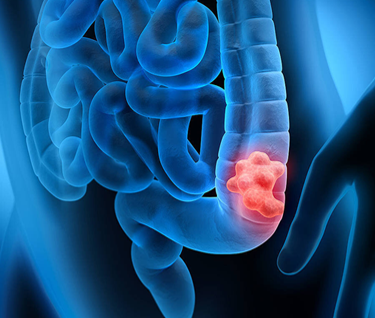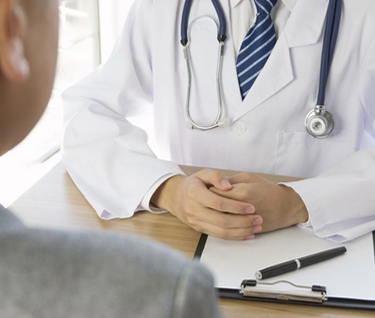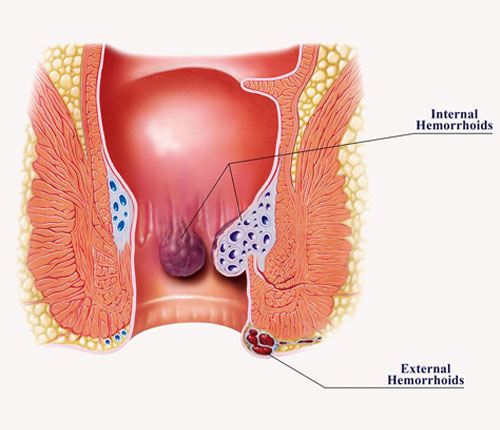Common questions on hemorrhoids

Colorectal cancer for Malaysians
November 2, 2020Blog/Articles
Common questions on hemorrhoids
What is hemorrhoid?
Hemorrhoids are cushions of fibrovascular tissue in the anus helping to seal the anus and maintain anal continence.
There are three vascular cushions in the anus, positioned at the 3-, 7- and 11- o’clock positions (when looked at with the patient in the lithotomy position, i.e. anterior is 12 o’clock).
Types of Hemorrhoids
• >External hemorrhoids are near the opening of the anus. • >Internal hemorrhoids are inside the anal canal. They usually don’t cause pain. But they can itch, cause a feeling of pressure, may also bleed or leak mucus. Over time they will prolapse
Classification of Haemorroids

- Conservative
– increasing physical activity
– “rule of 5” – if no bowel movement in 5 minutes come out of the toilet and wait for another time
– No excessive straining during bowel movement - Medication
– Daflon / Enema/ stool softener - Non operative intervention
– Rubber band ligation (grade 1 and 2) - Operative treatment
– Laser procedure (minimally invasive, less pain)
– Doppler guided Haemorroidal artery ligation (DgHAL)
– Stapler (PPH)
– Harmonics haemorroidectomy (Ultrasonic)
- What are the symptoms of hemorrhoids
• Per rectal bleeding (usually bright red)
• Itchiness
• Prolapse - Why am I suddenly having acute pain and not able to push back
• This is usually duet to thrombosis (blot clot) inside the hemorrhoids. You need to consult your physician - What are the conservative management that I can do to reduct the progression and symptoms?
• Eat balanced diet with high fiber (fruits and vegetables)
• Drink a lot of water
• Don’t sit too long in the toilet (remember rule of “5”)
• Avoid sedentary lifestyle - Can a hemorrhoids become cancer?
• NO - When do I need operation or intervention?
• Hemorrhoids affect quality of life and can cause serious symptoms. When this happens: you need intervention - What are the risk of hemorrhoids operation?
• Bleeding – usually minor. Occurs for few days after operation and can also occur in the first few weeks after operation
• Infection
• Risk of incontinence – small risk if done by trained surgeons
• Pain
• Recurrence – depending type of operation done and patients bowel habit after operation - Can I go to toilet like normal after operation?
• YES
< Back




